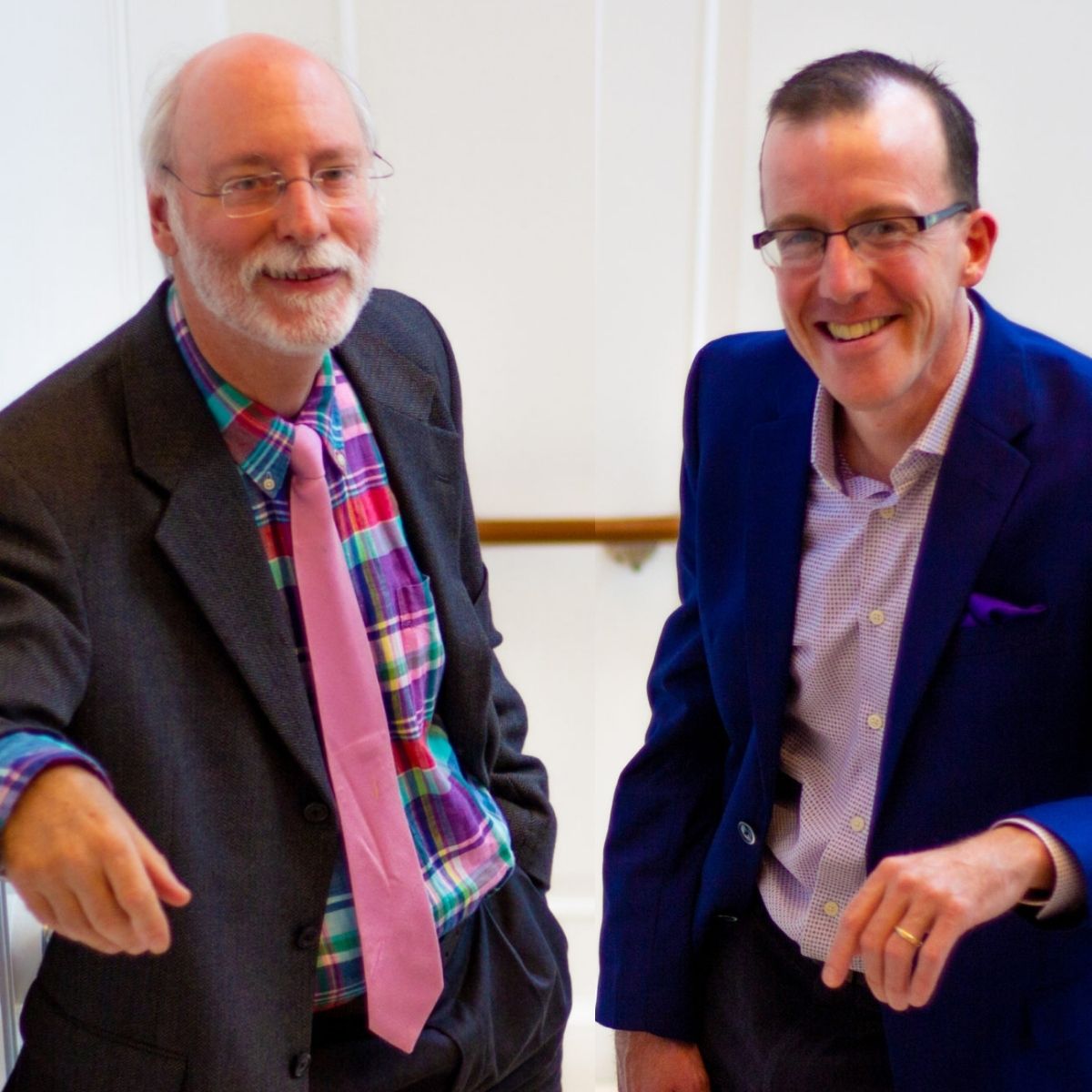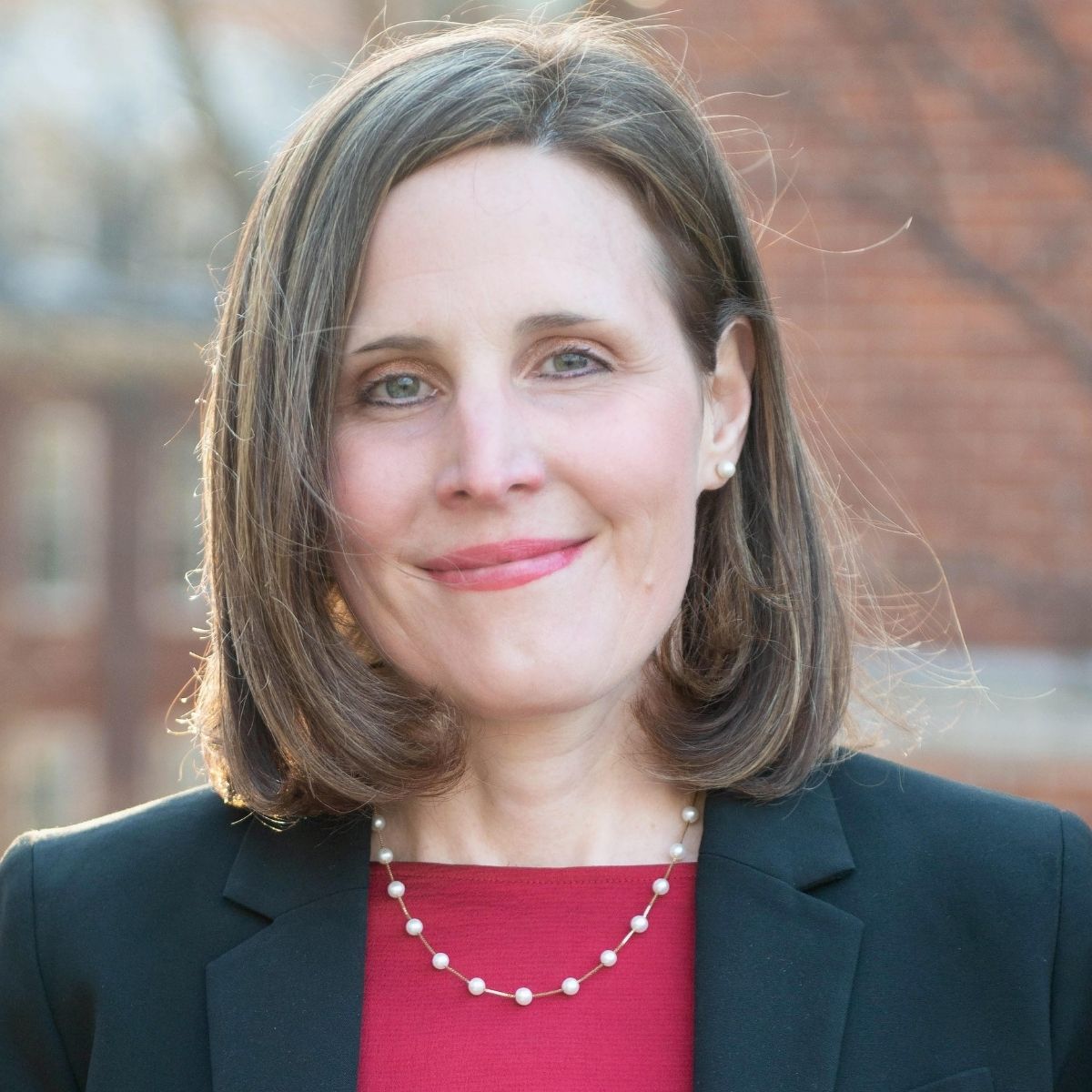
I finished school after 22 years of formal education (I’m counting preschool and grad school) knowing absolutely nothing about personal finance (reason #9726 why we homeschool). I always considered myself to be pretty smart and good with money, but as I peeled back the layers of mainstream assumptions (parenting, schooling, working, consumerism, etc.), I began to see money in a whole new light. So, of course (you know how I do), I took a deep dive into all things personal finance to learn everything I could about how to have an intentional relationship with money that aligned with my values and lifestyle design. I’m writing a chapter for the upcoming Sage Minimalism book with all the details of my discovery and approach (spoilers: debt freedom, financial independence), but below are the 5 books I found to be most essential to my learning (and unlearning) and I know they will be for you too. Three cheers for financial literacy!
Browse the stack or jump straight to your favorite.
Disclosure: When I recommend a product that I believe will add value for you, it may contain an affiliate link. When you click the link to make a purchase, I may receive a small commission at no extra cost to you.
1. Your Money or Your Life
Your Money or Your Life: 9 Steps to Transforming Your Relationship with Money and Achieving Financial Independence by Vicki Robin and Joe Dominquez is the classic and timeless book, written by a couple of genius hippies, that started the financial independence movement. They conceptualize working to earn a living as trading your life energy for money. When you realize how much of your energy is actually being traded for those dollars, you get motivated change your lifestyle and move toward financial independence, which is the point at which you are no longer trading your time for the money you need to survive. They call out our hyper consumerist culture and it’s effect on both our wallets and the planet and bring awareness to the fulfillment curve—the “enough” point that brings the greatest contentment. This is the mindset book that helps you clarify your “why” and set your financial compass.
“Consumption seems to be our favorite high, our nationally sanctioned addiction, the all-American form of substance abuse.”
2. The Total Money Makeover
The Total Money Makeover: A Proven Plan for Financial Fitness by Dave Ramsey is the book of elementary financial literacy that imparts common sense wisdom (albeit, with some fiery Christian passion) that every American should know. But I certainly didn’t. And I was in good company with the vast majority of Americans in that ignorant camp (“Don’t be normal,” he encourages, “be weird people!”). This book was my entry point into conscious personal finance and it (along with his podcast) completely shifted our relationship with money. The main battle cry of this book is to live debt-free. Free being the key word. As a slave to a lender, you can never truly be free with debt. These 7 baby steps of his are simple, universal, and brilliant. We worked them, and let me tell you, they work.
- Save $1000 emergency fund
- Pay off debts using the Debt Snowball: Make a list of your debts, smallest to largest (excluding mortgage) and focus all of your financial effort on one debt at a time (making only the minimum payments on all others), working your way down, with gazelle intensity. Once you cross one off, you divert all the money you were paying on that debt to the next, with the payment size growing at each step.
- Save 3-6 months expenses
- Put 15% toward retirement
- Save for kids’ college
- Pay off mortgage
- Build wealth by investing
“We buy things we don’t need with money we don’t have to impress people we don’t like.”
3. You Need a Budget
You Need A Budget: The Proven System for Breaking the Paycheck-to-Paycheck Cycle, Getting Out of Debt, and Living the Life You Want by Jesse Mecham is the book you need to dive deeper into the budgeting piece. It explains how a budget is a tool to proactively design your lifestyle, not to impose deprivation. The moral of the story is to give every dollar a job. Once you have told your money where to go, the day-to-day decisions become easy—you just follow the plan, guilt-free. One of the biggest benefits from my perspective is the collaboration piece between spouses. Through designing your family’s budget, you negotiate each other’s needs and wants and align your intentions and dreams.
“Remember, your budget is there to help you create the life you want, now and in the future. Budgeting isn’t about delaying your happiness. If it were, nobody would stick to it for long.”
4. The Simple Path to Wealth
The Simple Path to Wealth: Your Road Map to Financial Independence and a Rich, Free Life by JL Collins gave me the simple plan I had been seeking to invest our retirement funds. As appealing as mason jars of cash under the mattress sound to someone who really came into adulthood during the economic shit show that was the late aughts, I’m also smart enough to understand math: even factoring in economic downturns, money invested in the stock market grows (just under 12% over the last 40 years or 8-10% in recent years) while money in a jar under the bed shrinks (due to inflation). So, how can I direct that 15% (a la Dave Ramsey) into tax advantaged retirement accounts, that are invested smartly, in a way that aligns with my personal philosophy of minimalism? Uncle Jim laid it all out for me in language I could understand.
- Set up a 401K and IRA with Vanguard (the 401K is offered through my husband’s job).
- Invest them into the low-fee index fund VTSAX (our employer sponsored 401K actually didn’t have this option available to us, so we went with a VTR and invested the IRA in VTSAX).
- Automate a monthly contribution percentage (401K to company match, then IRA to maximum contribution amount ($6000/year), then 401K to maximum contribution amount ($19,000/year)).
- Ignore them.
Turns out, the simplest approach is also the most lucrative (I’m lookin’ at you low-fee index funds). Skip all that picking-stocks-and-timing-the-market bullshit that is statistically ineffective (all those investors are just guessing and you’re paying them big money to do it) and instead invest in one mutual fund that contains small pieces of every stock (you’re playing the average)—set it and forget it. And can we please give a shout out to compound interest?! When you set your account to automatically reinvest the dividends (the money your money makes), the money grows exponentially, year after year. Yes please, I would like my money to reproduce like a colony of rabbits.
“Stop thinking about what your money can buy. Start thinking about what your money can earn. And then think about what the money it earns can earn.”
5. The 4-Hour Work Week
The 4-Hour Work Week: Escape the 9-5, Live Anywhere and Join the New Rich by Tim Ferriss facilitated a mind blowing paradigm shift for me: don’t waste away the prime of your life in misery for the pursuit of golden years that may never come. This book takes the assumed 9-5, 40-year office job and throws it on the ground (Andy Samberg style). The currency of the new rich, Tim brilliantly proclaims, are time and mobility. He espouses the sermon of essentialism (focus your time and energy on the 20% of the work that delivers 80% of the returns and eliminate the rest) and encourages the use of automation (a virtual assistant, for example) to help you get there. While his specific story didn’t resonate with me (invent a million dollar supplement line and travel the world pursuing your hobbies), the moral still stands: the security of a corporate job is an illusion (the 2008 recession taught us that), so you might as well live the life of your dreams now.
“Someday” is a disease that will take your dreams to the grave with you.”

6. The Art of Money
The Art of Money: A Life-Changing Guide to Financial Happiness by Bari Tessler brings the brilliant insight of a financial therapist to the personal finance conversation. Money is math, but if it were that simple, everyone would be winning. The big piece that we have to address, the reason why so many of us stumble with money over and over, is our money story. We have to really see our origins, heal our shame, and consciously edit to give us a better way forward.
“The path out of money shame isn’t shaming yourself harder; it’s finally putting down that lash, releasing those unrealistic standards, and cultivating every last drop of forgiveness, self-love, and compassion you can muster. Tough love is simply not an effective way to heal emotional wounds.”
You’ll really enjoy the conversation I shared with Bari here on the Sage Family Podcast!
What’s Your Money Mojo?
Take the quiz to asses your financial wellness and get clear on your simple next step toward debt freedom, financial independence, and a values-based life.








+ Comments
Join the discussion →
0